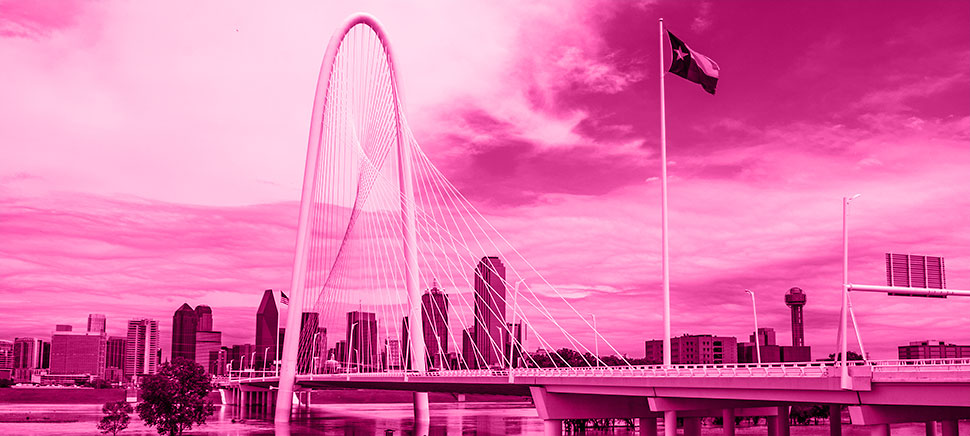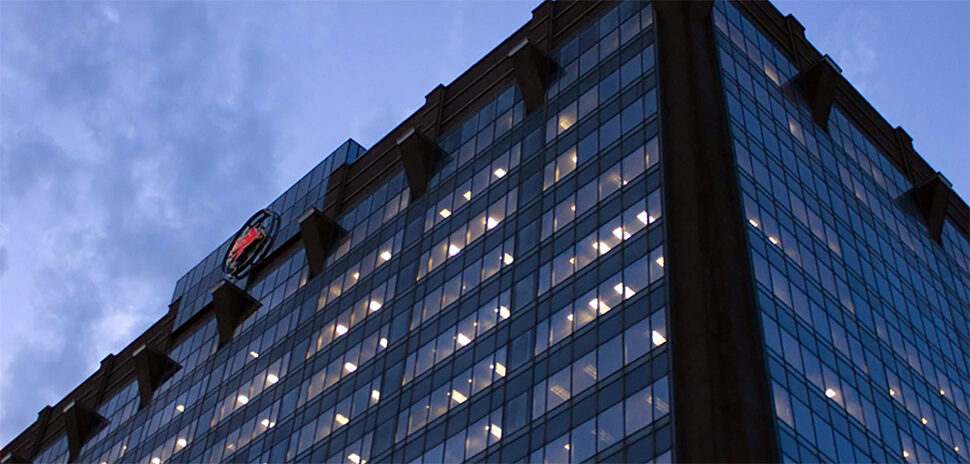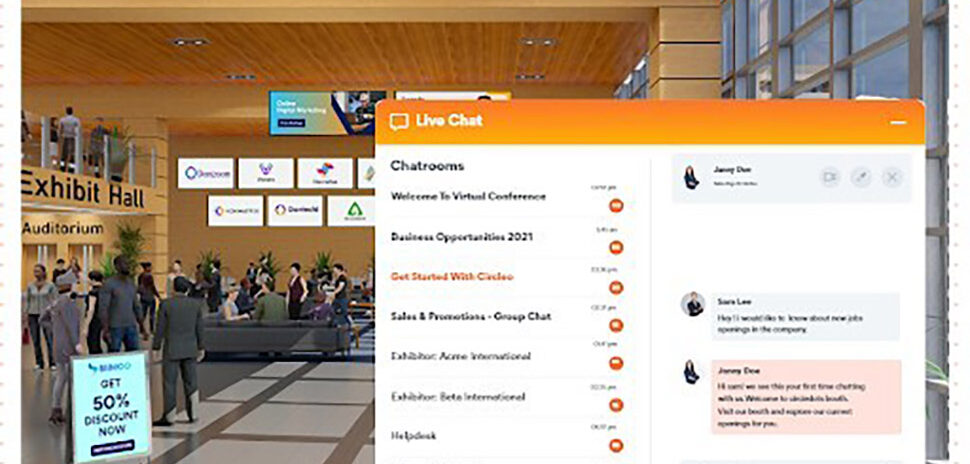Welcome to the content hub for social news and commentary. In this area we’ll focus on social ventures and nonprofit trends, as well as broader concepts like education and urbanism. As barriers between for-profits and nonprofits are broken and social entrepreneurship gains momentum, Dallas’ nonprofits, local governments, big companies, and individual citizens are working to find ground-breaking and effective ways to address social concerns. Here’s a look at the exciting progress made this year—and what we can look forward to in 2016.
Suzanne Smith, founder/managing director of hybrid nonprofit/for-profit company Social Impact Architects, has high hopes for the future. She’s been in the social space for 20 years, which has given her a good sense of its evolution. “We’re not early adopters here in Dallas,” she says, “but we’re definitely in the next stage. We can learn the lessons of San Francisco and Boston and trump these other communities. I honestly believe that Dallas has a lot of untapped potential.”
“Social innovation is about the willingness to take risks in how organizations think about solving big issues,” says Nicole Small.
With little improvement in Dallas poverty rates and education levels, social entrepreneurs and nonprofits have been forced to get creative in their missions to confront these issues. Individual-based efforts and bottom-up change have gained momentum this year, and the idea of co-locating services has made it easier for people to obtain everything they need in one place. Smith points to CitySquare’s Opportunity Center in South Dallas, which houses food distribution, social services, and a Workforce Solutions job center, among other necessary facilities. “This makes it easy to get a GED, get food, apply for employment, take a computer class—all their resources are in one place at one bus stop,” Smith says. “It’s revolutionary to put these things in the same place. People will then have time to do things like read to their kids at night.”
There’s also been progress in the way of partnerships between foundations and nonprofit organizations. Smith gives a recent example of the Zero to Five Funders Collaborative (34 private funders) coming together with nonprofits in Bachman Lake to work on education. The collaborative focused on one community in which the kids had lower levels of readiness for kindergarten. Instead of telling parents what they needed, they asked the parents what they needed. In communications with parents, principals, and teachers, they were able to address the situation holistically. The collaborative pooled funding resources and turned the operation into a systemic, thoughtful, bottom-up approach, in which they took the time to understand the nature of the problems and provide the necessary solutions.
“We’ve got arts districts, new bridges, a brand-new Parkland hospital, a Mayor and County Judge who want to take on major issues. We’ve got a lot in our corner,” Suzanne Smith says. “There’s a willingness to innovate. For a conservative community, it’s very progressive.”
“In 2015, we saw results from things like the Ground Floor at United Way, the the Data-Driven Decision-making Institute at Communities Foundation of Texas, and the work that Commit is doing,” Nicole Small, CEO of the Lyda Hill Foundation, says. “These organizations represent a wide range of thinking, from innovative startups to new ways of working together to solve problems. Social innovation is about the willingness to take risks in how organizations think about solving big issues.”
Smith notes that this year was very successful in city–county collaboration. “We’ve got arts districts, new bridges, a brand-new Parkland hospital, a Mayor and County Judge who want to take on major issues. We’ve got a lot in our corner,” she says. “There’s a willingness to innovate. For a more conservative community, it’s very progressive.”
Melanie Ferguson, director of Special Projects at Matthews Southwest Development Company, says she has also noticed a lot more cross-pollination. “There’s a great deal of effort in both the private and public sectors as they try to get multiple things done that will improve the economy, citizens, and infrastructures by helping to address significant poverty,” she says, adding that network connectivity—as technology grows and becomes more accessible, so does its use in the social sector—has been useful in this realm, too.
In the coming year, Smith looks forward to attracting more federal money, more public–private partnerships, and an increase in big companies that aren’t just willing to give money to worthy causes, but are willing to donate time and talent as well. “A lot of ideas and initiatives are going to bear fruit in 2016,” Smith says, noting that she expects the poverty rate to stabilize or even begin to decline. “Millennials are ready to be mobilized. Companies want to help. We’ll need to do a better job around social marketing to engage the community around important issues. We’re getting close to that.”
Ferguson concurs that one of the most important tasks will be to increase awareness and understanding of the challenges that Dallas faces, and to provide continued public awareness. When people are paying attention, she says, they want to make a difference. “I’m so often asked by individuals what they can do to help our schools,” Ferguson says. “Find an elementary school or middle school and volunteer. Take the first steps.”
“This is a very exciting time in Dallas for social change,” Nicole Small says. “While we are faced with an ever-growing set of issues—poverty, education, domestic violence—we also see a growth in innovation around addressing them.”
Small says that, while “business as usual” hasn’t solved the big issues, she’s also optimistic for the future. “We hope to see the willingness of our existing community and organizations to take on big change with big ideas and for new innovative ideas to come to the market,” Small says. “This is a very exciting time in Dallas for social change. While we are faced with an ever-growing set of issues—poverty, education, domestic violence—we also see a growth in innovation around addressing them.”
This is just a bird’s eye view of the many innovative things happening with DFW’s social landscape. Be sure to check back for more stories.
For a daily dose of what’s new, now, and next in Dallas-Fort Worth innovation, subscribe to our Dallas Innovates e-newsletter.































